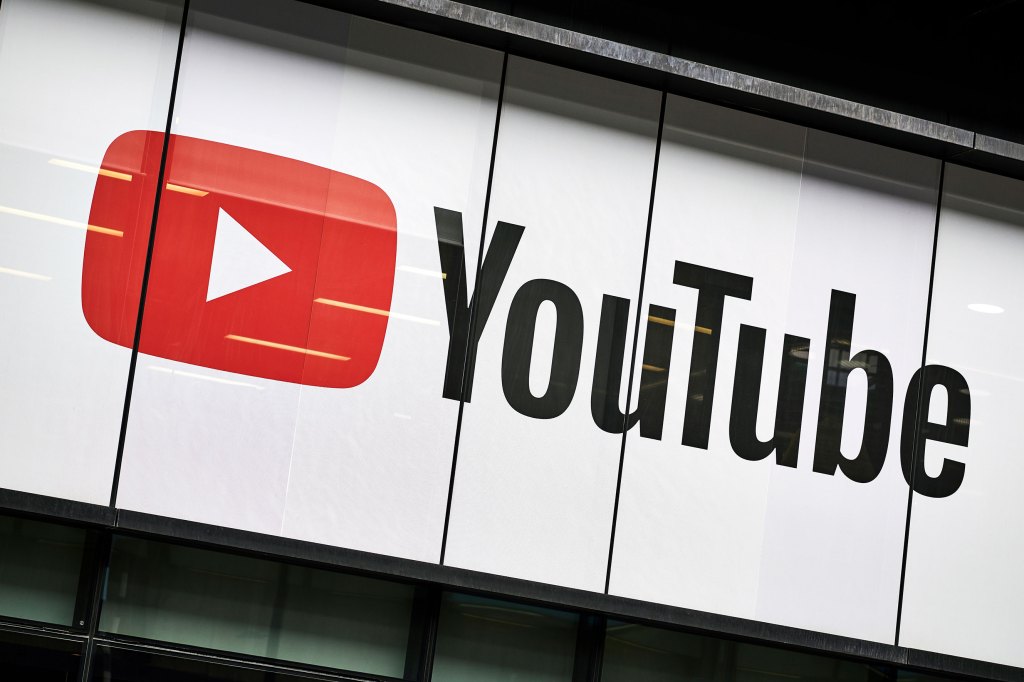YouTube Replaces Trending Page with Category Charts
YouTube is officially phasing out its long-standing Trending page and Trending Now list, marking a major shift in how the platform surfaces viral content. This change has raised an important question among users and creators: Why is YouTube removing its Trending page? The answer lies in evolving viewer behavior and a more personalized approach to discovering content. In its place, YouTube is rolling out category-specific charts that spotlight the most popular videos by type—like Trending Music Videos, Weekly Top Podcast Shows, and Trending Movie Trailers. These updates aim to reflect the way people now engage with content—through niche interests, algorithmic suggestions, and community-based micro-trends.
Image Credits:Olly Curtis/Future / Getty Images
Since launching the Trending page in 2015, YouTube has seen dramatic shifts in user behavior. Back then, a single list could capture most viral sensations of the day. But in 2025, that one-size-fits-all approach no longer fits. Viewers are now discovering trending videos in far more dynamic ways—via personalized recommendations, search, and even comment sections. With the rise of fandom-driven content and short-form video, trends have become decentralized. YouTube’s response? Replace the broad Trending tab with curated charts that better reflect audience preferences and surface content that aligns with what people actually want to see.
Why YouTube Removed the Trending Page
YouTube’s decision to retire the Trending tab wasn’t made lightly. The platform revealed that visits to the Trending page have steadily declined over the past five years. As users increasingly rely on algorithmic suggestions, subscriptions, and social sharing, the importance of a single, universal trending list has faded. By replacing it with category-specific charts, YouTube is making room for more relevant, tailored content discovery. For example, music lovers can now browse what’s hot in their genre, while podcast fans get updates on top-performing episodes each week.
The move also aligns with YouTube’s goal to serve diverse creators and support more nuanced trends. Viral moments today are often born in niche communities—K-pop fandoms, indie film circles, fitness influencers—and grow organically. A general trending list often failed to highlight these micro-movements. In contrast, the new system offers more visibility for content that resonates deeply with specific audiences, rather than just broad mainstream hits. This shift favors creators who serve passionate niche audiences and helps YouTube surface a wider range of content that’s popular within context.
How Category-Specific Charts Will Work
With the rollout of YouTube Charts, users can now explore trending content by interest area. Currently, the charts include Trending Music Videos, Weekly Top Podcast Shows, and Trending Movie Trailers, but YouTube has confirmed that more categories will be added over time. These charts will be non-personalized, meaning they reflect what’s trending globally or regionally, rather than being tailored to individual viewing habits. However, YouTube will continue to show personalized recommendations on the homepage and through the “Up Next” feature—ensuring a balance between data-driven discovery and editorial curation.
YouTube clarified that viewers can still discover new videos through the Explore tab, creator channels, and their subscriptions feed. This preserves user agency while adapting the platform to how discovery really happens in 2025. Importantly, YouTube is also investing in better analytics and discovery tools for creators, so they can see how their content performs within specific charts and adjust their strategies accordingly. This adds transparency and gives content creators more direction on what types of videos gain traction in their niche.
What This Means for Creators and Viewers
For content creators, this update reshapes how visibility and virality work on YouTube. No longer competing for a spot on one monolithic trending list, creators now have the chance to trend within their own category, increasing their chances of being discovered by the right audience. This is especially beneficial for emerging creators, whose niche videos may now be featured in dedicated charts. For viewers, the update brings a smarter, more engaging discovery experience. Instead of scrolling through a generic list, they can explore what’s trending in areas they genuinely care about.
This move also underscores a broader trend across digital platforms: the rise of personalized, interest-based content curation. YouTube is not just chasing trends—it’s adapting to how they evolve in real-time. In the past decade, the platform has transformed from a hub for amateur uploads to a complex ecosystem of professional creators, media brands, and influencers. In 2025, YouTube is doubling down on surfacing relevant, diverse, and timely content—making its platform feel more intuitive, dynamic, and tailored than ever before.
